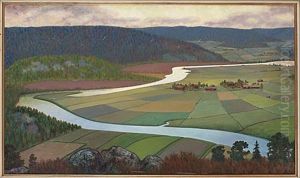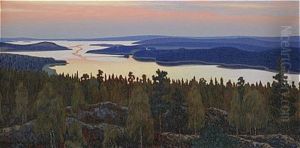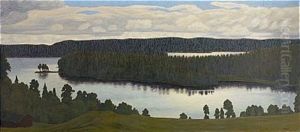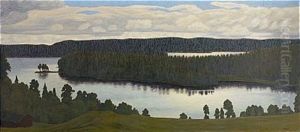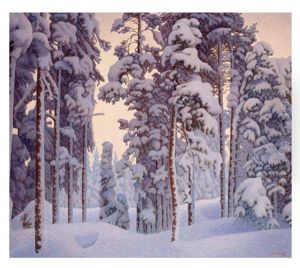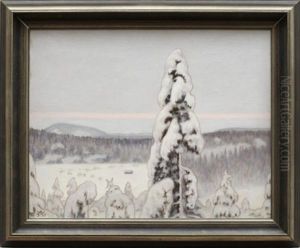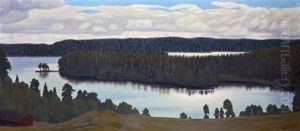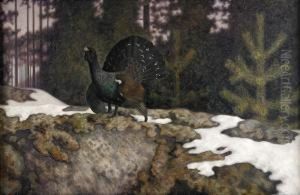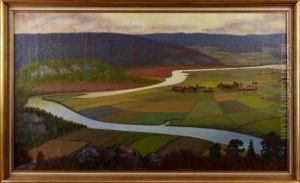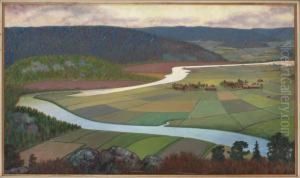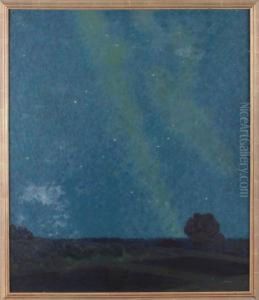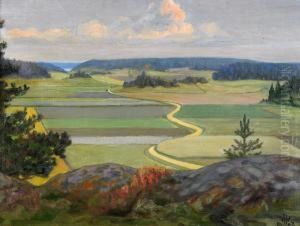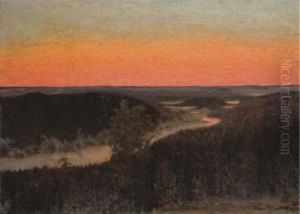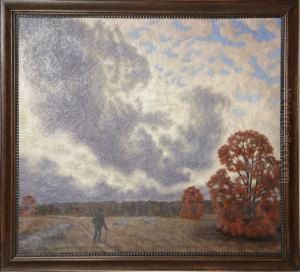Hilding Werner Paintings
Hilding Werner was a Swedish artist known for his contributions to painting and graphic arts. Born on March 15, 1904, in Halmstad, Sweden, Werner became associated with the Halmstad Group, a collective of artists who were inspired by surrealism and later by other avant-garde movements.
Werner studied at the Technical School in Halmstad and subsequently at the Royal Swedish Academy of Fine Arts in Stockholm, where he developed his artistic skills and absorbed influences from various art movements. His early work was marked by a naturalistic approach, but as he came into contact with other artists from the Halmstad Group, his style evolved to incorporate elements of surrealism, characterized by dream-like scenes, unexpected juxtapositions, and a fascination with the subconscious.
Throughout his career, Werner exhibited in Sweden and internationally, gaining recognition for his unique approach to painting. His work often displayed a technical proficiency and a keen eye for detail. Besides painting, Werner was also accomplished in graphic arts, contributing illustrations and graphic designs for various publications and projects.
During the 1940s and onwards, Werner's art showed an increased interest in abstract elements, though he never abandoned representational imagery entirely. His versatility as an artist allowed him to navigate through different styles while maintaining a coherent artistic identity.
Werner's influence extended beyond his own practice as he was active in promoting art and education in his community. He was involved in setting up exhibitions and was a respected voice in the Swedish art scene. His legacy is preserved through his artworks, which continue to be displayed in museums and galleries, and through the memories of those who knew him and his impact on Swedish modern art.
Hilding Werner passed away on December 12, 1987, leaving behind a body of work that contributes to the understanding of Swedish art in the 20th century. His dedication to exploring new artistic expressions and his role in the Halmstad Group remain significant in the history of Scandinavian modernism.






